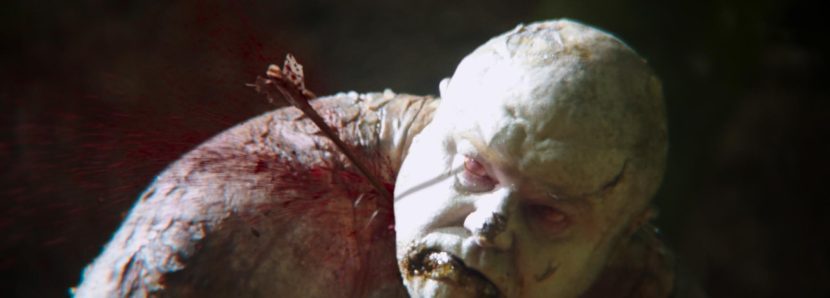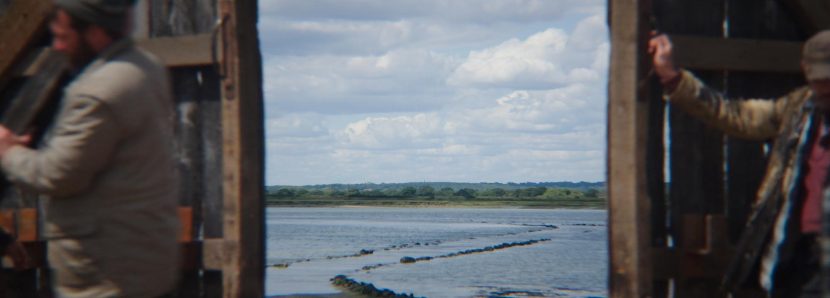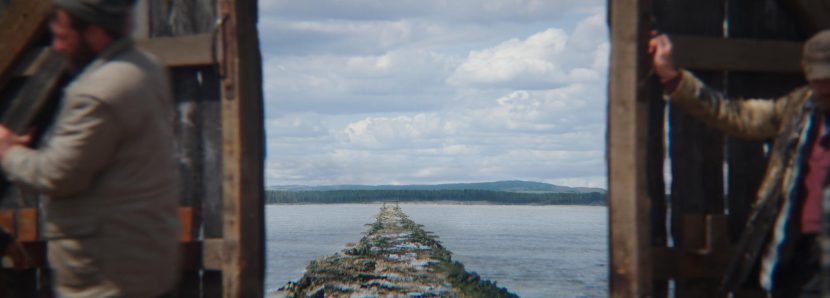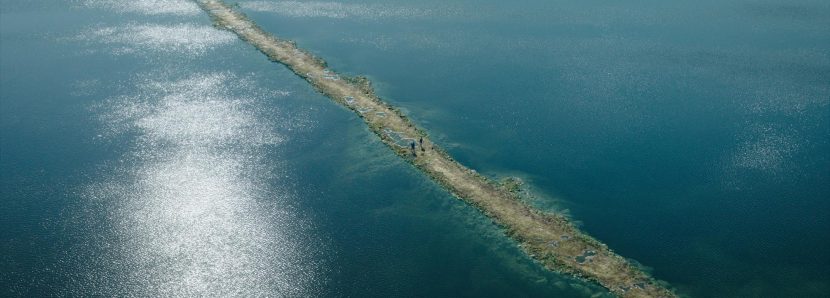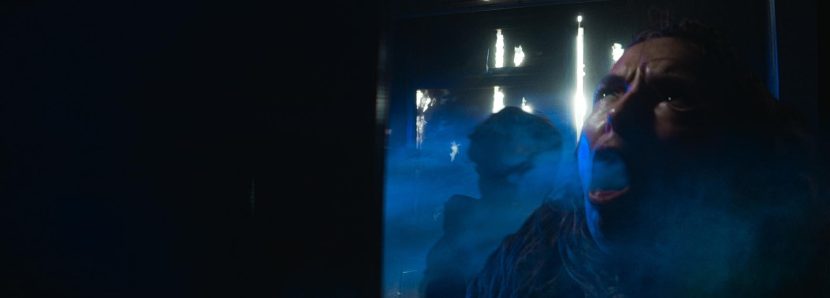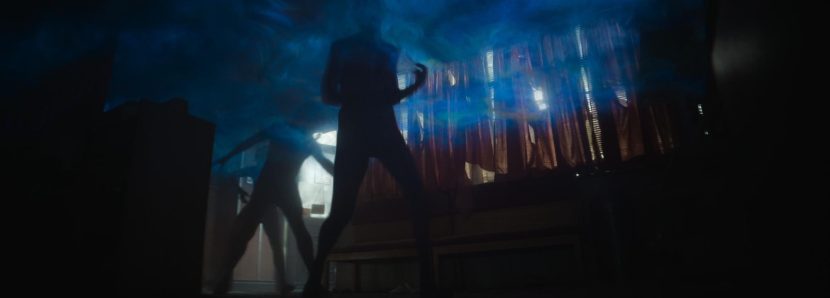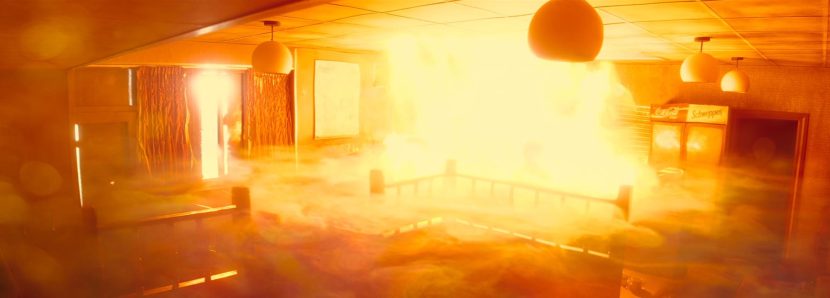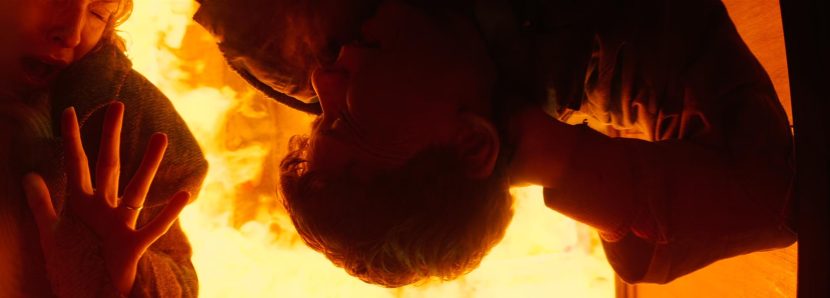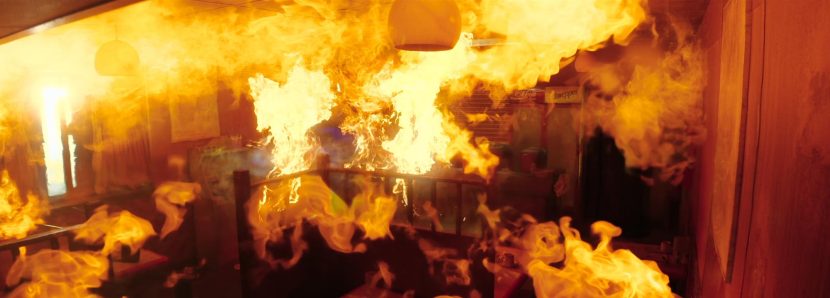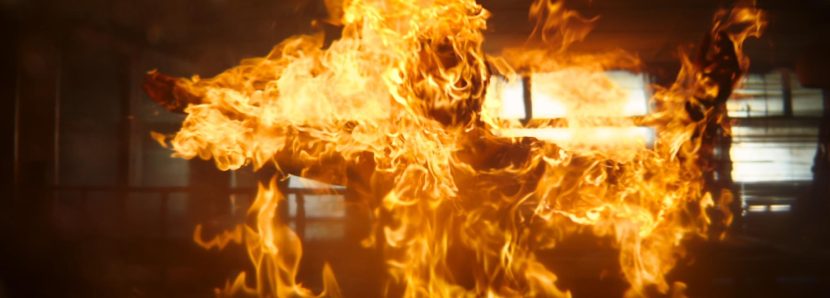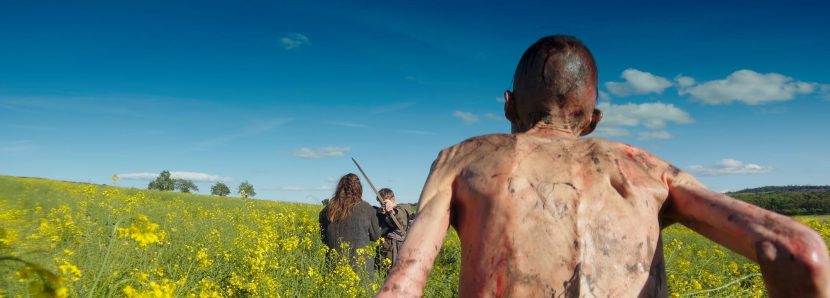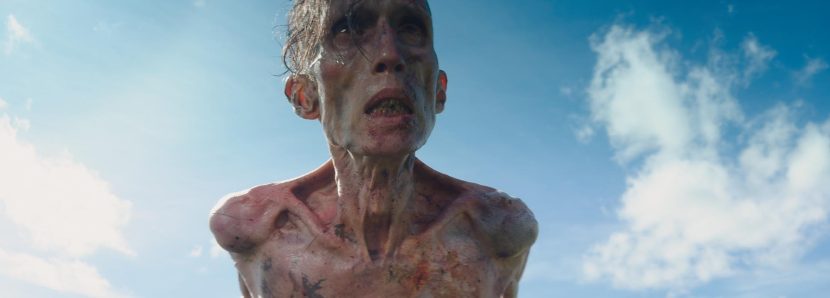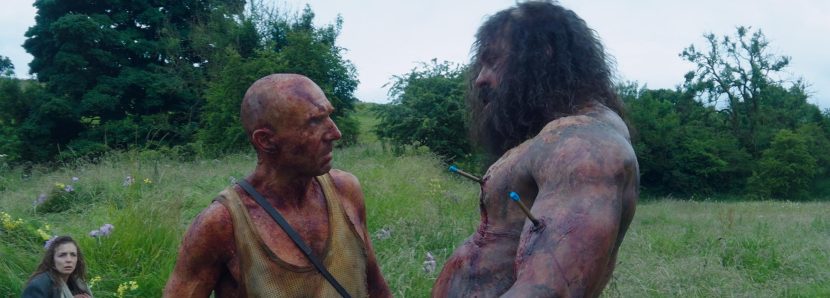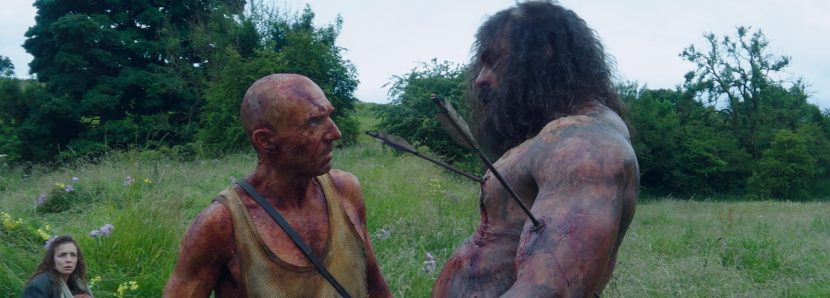When Danny Boyle returned to the world he helped redefine with 28 Days Later, he did so with 28 Years Later, a 2025 post-apocalyptic coming-of-age horror film produced and directed by Boyle and written by long-time collaborator Alex Garland. The third installment in the franchise, following 28 Days Later (2002) and 28 Weeks Later (2007), the film stars Jodie Comer, Aaron Taylor-Johnson, Alfie Williams, and Ralph Fiennes.
For the visual effects, Boyle once again turned to Union VFX, who served as the sole vendor and delivered more than 900 shots that grounded the film’s expansive, unsettling world in technically rigorous but invisible artistry. the FX simulations and invisible effects grounded the story’s raw aesthetic in believable imagery.
Building worlds that don’t exist
A recurring theme in Union’s work was creating environments that appear real but carry subtle story-driven enhancements. One of the most complex sequences was the causeway chase. The story demanded a 1.5-mile stretch of causeway surrounded by water and sky, culminating in a chase involving both infected and survivors. On set, production had only a 100-meter stretch of water. Union extended this with fully digital environments: CG water, mist, seaweed, and even bioluminescent plankton that glowed underfoot as characters ran.
Overhead, the skies were replaced with a CG aurora nebula, built from astrophotography references at Kielder Forest Observatory. The sky was designed to reflect 28 years without light pollution, resulting in brilliant clarity of the Milky Way and a murmuration of over 10,000 CG birds.
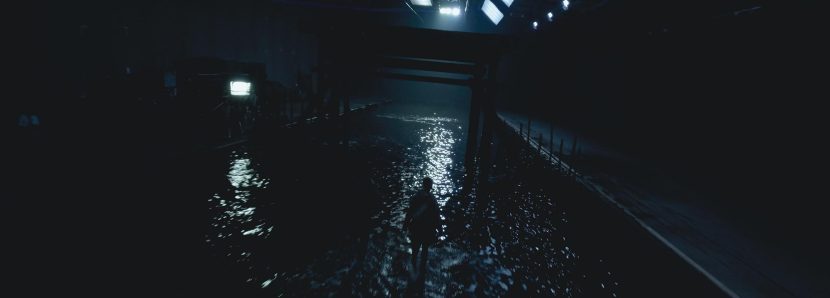
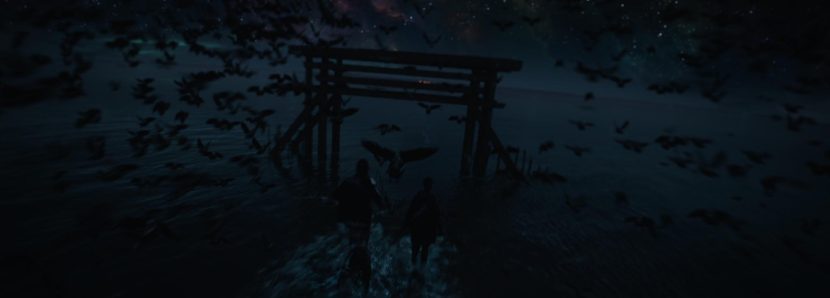
FX-heavy challenges
Another signature sequence took place inside an abandoned Happy Eater restaurant. Here, the characters confront a toxic gas miasma that explodes when ignited. With minimal photographic reference, Union’s CG team developed the look almost from scratch. The gas needed to be thin, oily, and visually layered, believable enough to sell the danger but also cinematic in its presence. Achieving this required extensive FX simulations with nuanced lighting, careful cut-to-cut continuity, and rotoanimation so that the drifting gas realistically interacted with actors’ movements.
The final ignition sequence blended practical fire with simulated elements, building tension without distracting from performance.
Supporting Story Through Subtlety
Union’s contribution extended beyond the big set pieces. Invisible effects sold the film’s central conceit: a Britain cut off from technology for nearly three decades. Enhancements included CG arrows, blood splats, galloping deer, scurrying rats, and even background matte work that erased modern intrusions. As VFX Supervisor Adam Gascoyne explained, the goal was always to integrate VFX into the film’s raw visual language, letting it support the story rather than dominate it.
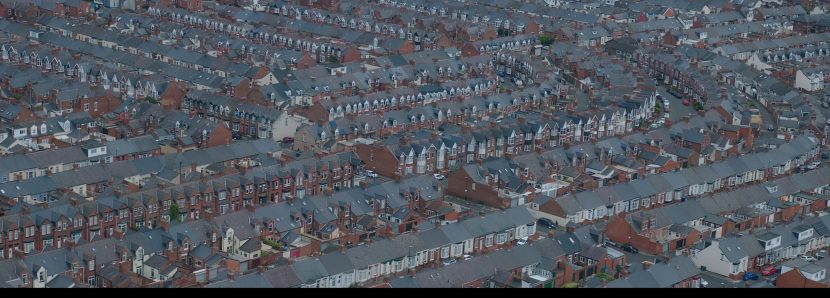
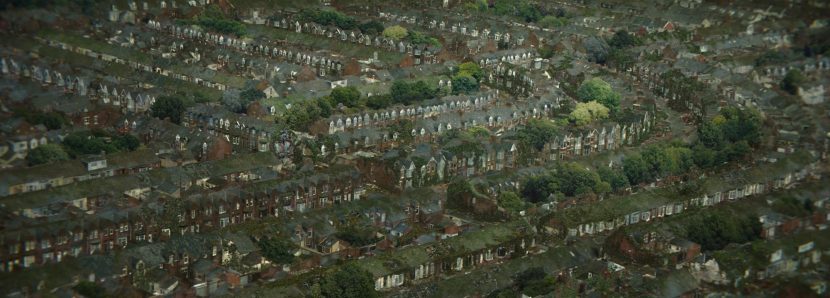
A continuation of collaboration
For Boyle, who originally shot 28 Days Later on DV camcorders to emphasize immediacy, the VFX again had to feel rooted in a “raw” cinematic realism. The production embraced a bold, hybrid cinematography approach. Much of the film was shot using an iPhone 15 Pro Max, supported by action cameras, drones, and select digital and film systems. This choice echoed the original 28 Days Later, which famously relied on the lightweight Canon XL-1 camcorder to capture empty cityscapes quickly and discreetly.
For 28 Years Later, the filmmakers paired this agility with a striking 2.76:1 aspect ratio, reminiscent of Ultra Panavision 70, designed to intensify the unpredictability of the infected and force audiences to constantly scan the wide frame. Footage was recorded at 4K resolution at up to 60 frames per second, with some scenes even shot by the actors themselves, further embedding raw immediacy into the film’s visual language.
Union’s pipeline balanced planning with flexibility: environments and FX were designed in detail, but always in a way that allowed Boyle to shoot for performance first. The result is a film where the VFX blend invisibly into the photography, punctuated only by sequences that demanded spectacle.

